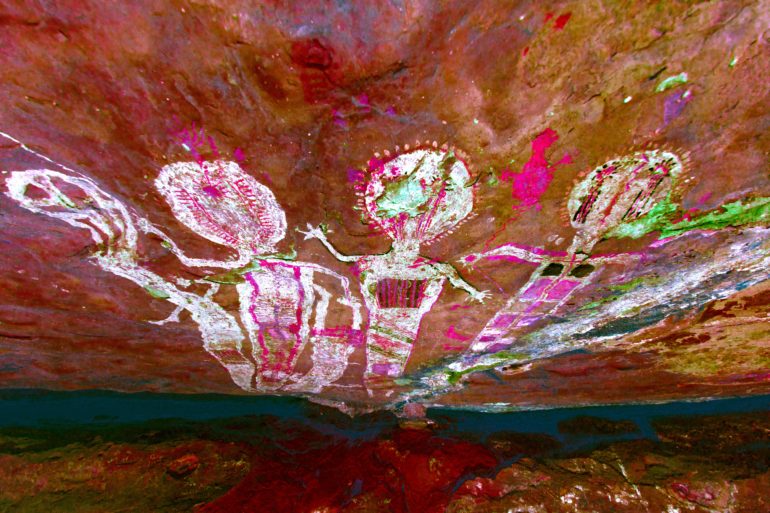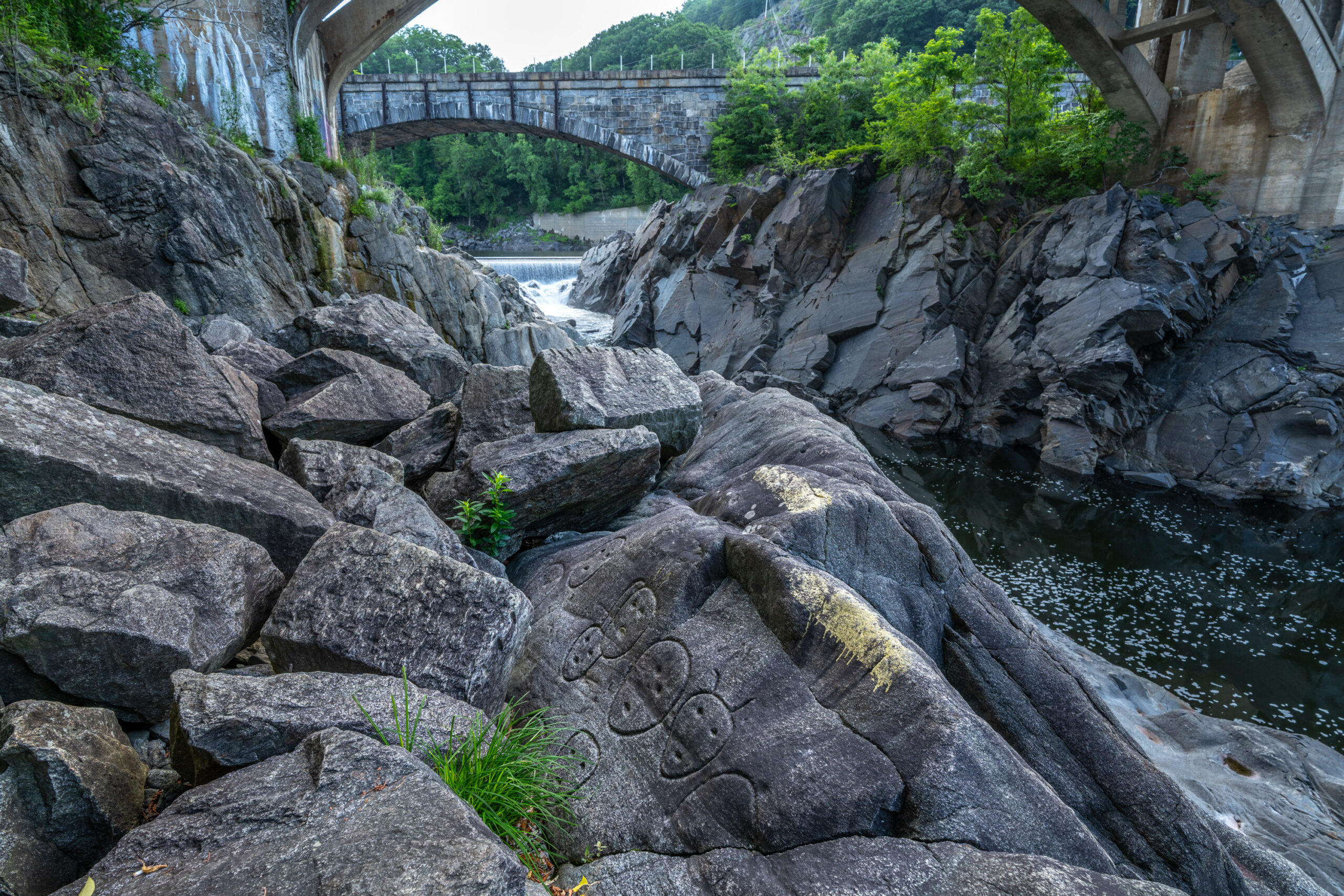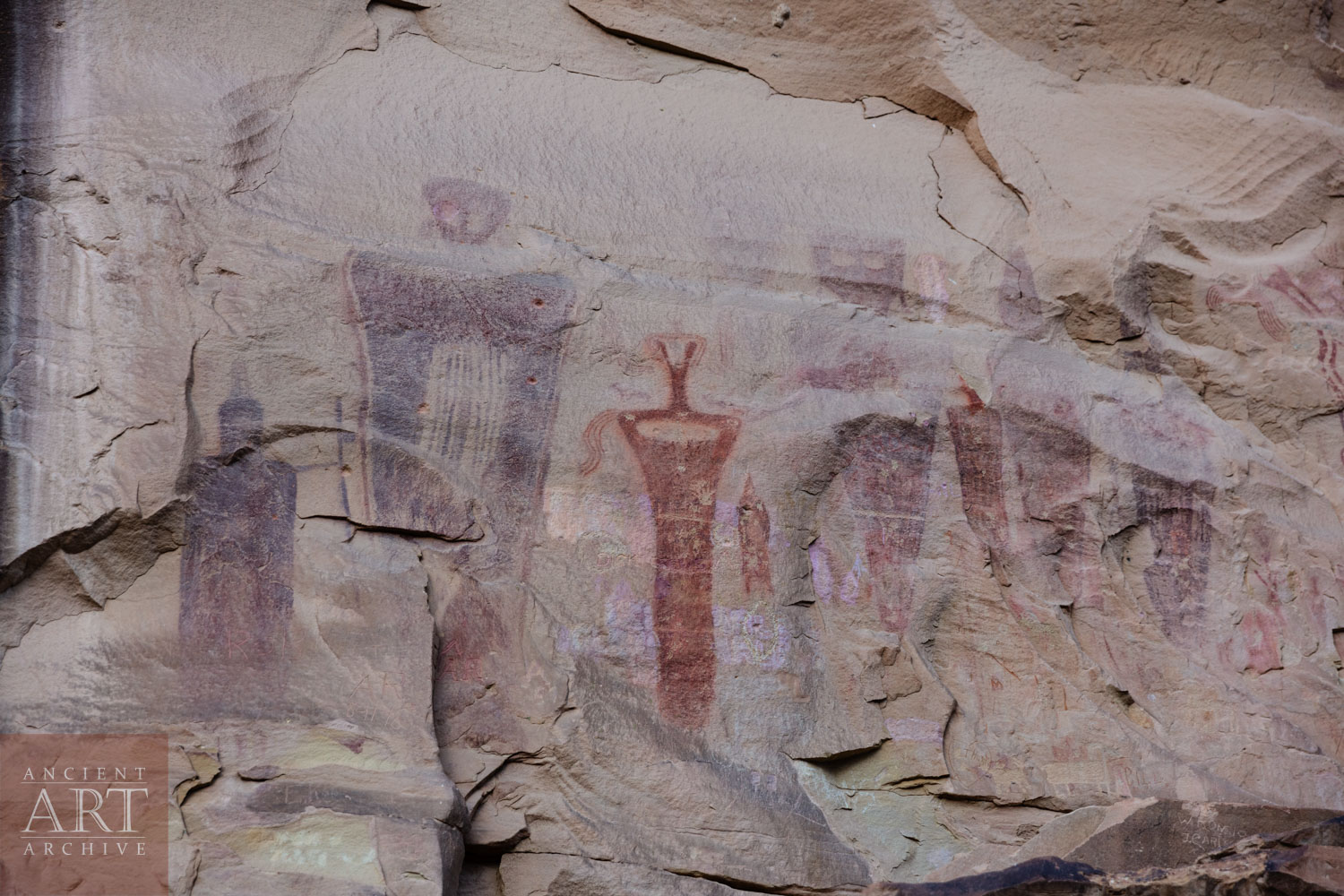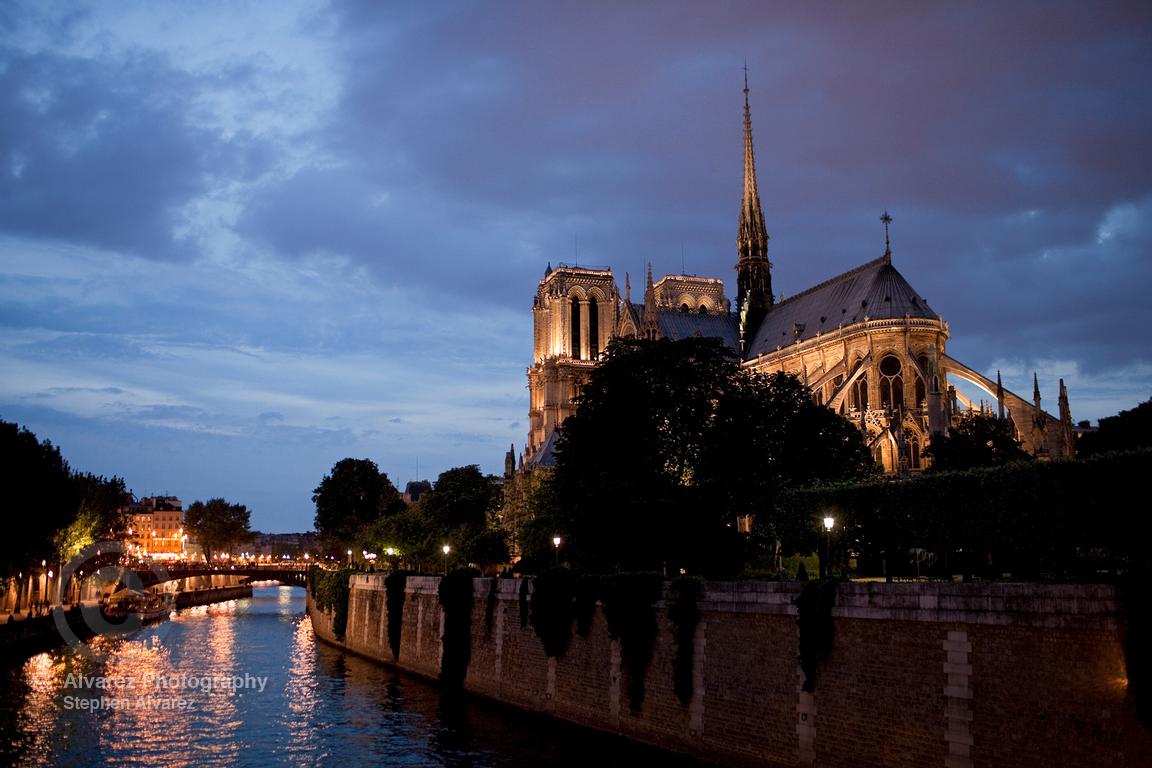Hundreds, thousands of years exposed to the elements often leave rock art hard to see. Famous sites like Chauvet, Altamira and the Great Gallery are well preserved but some important rock and cave art sites are weathered almost beyond recognition. How do we see rock art that is mostly weathered away? Mathematics, NASA and rock art enthusiast Jon Harman have a solution. It is an image analytic program Harman developed called DStretch.
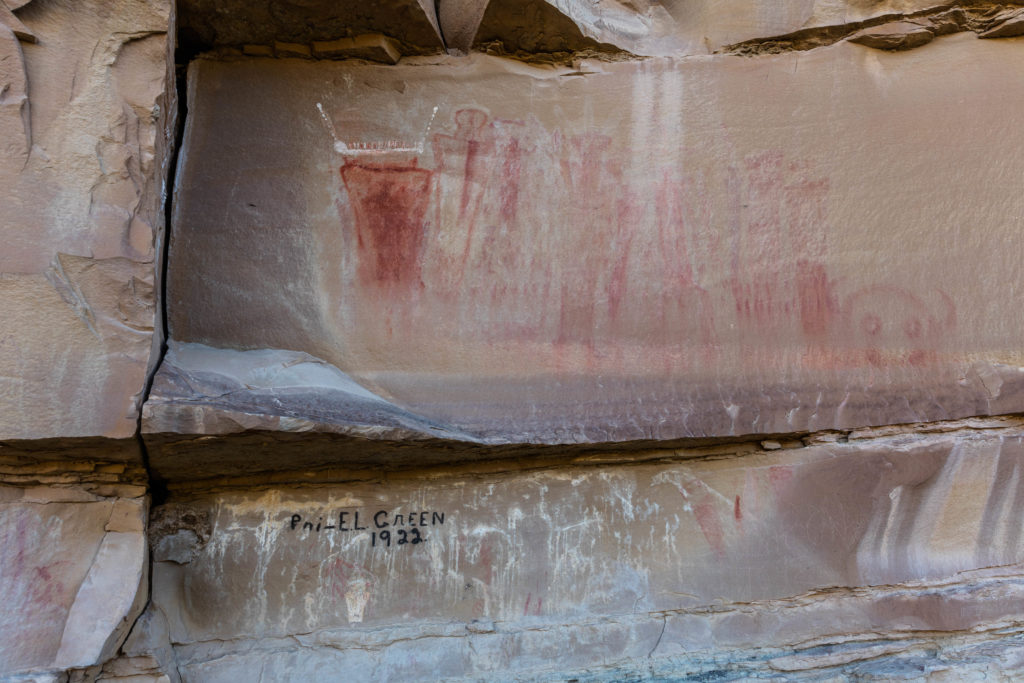
The program uses a method called decorrelation stretch, which was originally used by NASA to improve remote sensing images of Mars. DStretch takes the NASA algorithm but optimizes it for rock art. The program analyzes photographs of rock art sites, and then shifts the images’ color to highlight designs and patterns that have faded away or otherwise become invisible to the naked eye by providing more contrast within the image. The program is especially useful when it comes to faded colors, particularly reds, yellows, blacks, and whites, but it is also works on etchings and other rock art forms. The results are a false color image that is often much more detailed than the original.
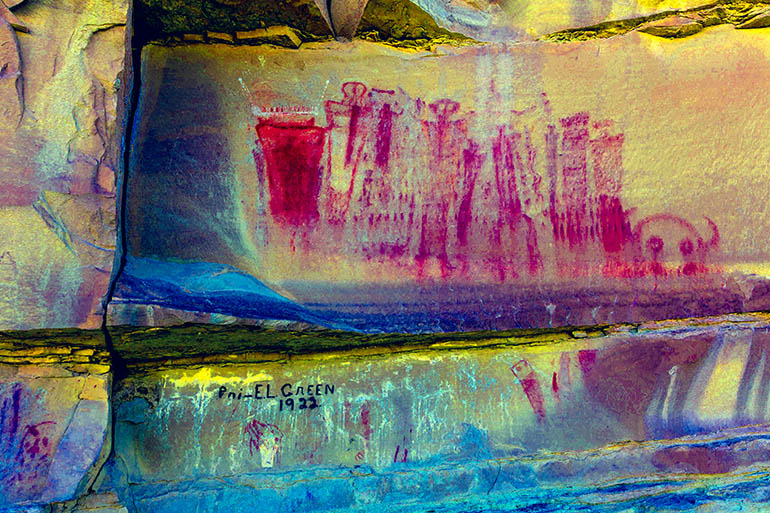
One of DStretch’s most notable features is that its results are repeatable, and repeatability is the hallmark of the scientific method. Before the program’s widespread use, researchers would have to fill in faded gaps in rock art images with their own interpretations. This often produced widely divergent results. Now different groups of researchers can take pictures of the same pictograph or painting and then run them through DStretch. Even if they have different images of the same subject, the program will produce the same result. By revealing what is invisible to our eyes, DStretch eliminates massive amounts of uncertainty about ancient art, making it an extremely valuable tool. Because of its effectiveness and ease to use, DStretch has become one of the most important pieces of technology for anybody interested in rock art.
The program is available as a plugin for ImageJ processing software (here). It is also available as a standalone program for Android and iOS.
-Joshua Alvarez
